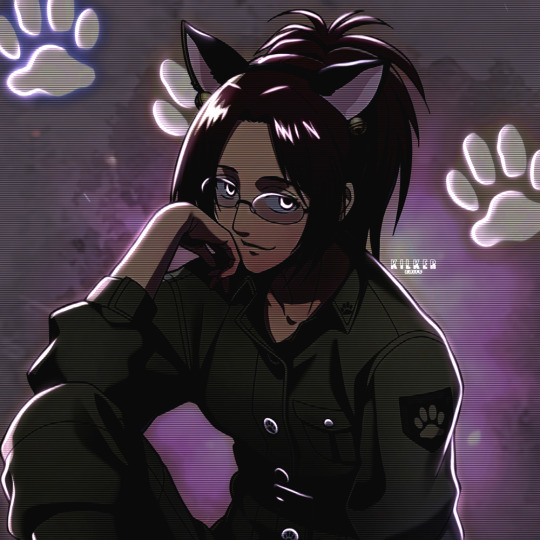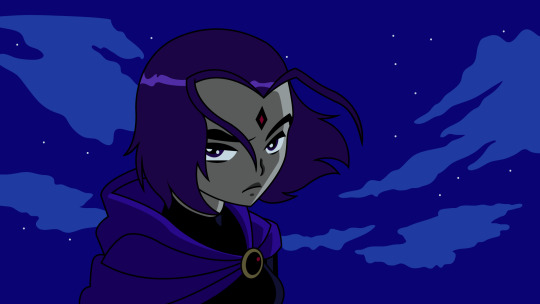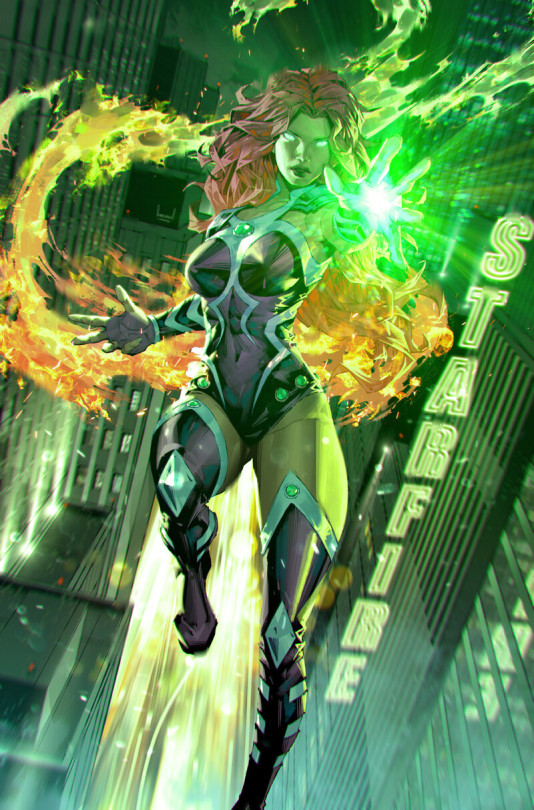#titanes
Text

Kronos and Rhea: this time in their natural color palettes. I really like Kronos as an agriculture god more than a time god. I think it's neat idk. can u tell i love toxic sun and moon couples
#greek mythology#kronos#rhea#titanes#classics#classical mythology#titanomachy#greek mythology rhea#greek mythology kronos#tagamemnon#krhea#greek myth#mycenaean greece#mycenae
346 notes
·
View notes
Text
Titans #9 cover by Yanick Paquette

23 notes
·
View notes
Text
★ 𝐒𝐍𝐊 𝐁𝐫𝐚𝐯𝐞 𝐨𝐫𝐝𝐞𝐫 ›



#videojuegos#video games#snk icons#snk fandom#snkedit#snk eren#levi ackerman#levi aot#levihan#petra#hanje zoe#hanji zoe#snk hanji#aot hanji#livai#rivaille ackerman#kenny ackerman#aot imagines#titanes#eren yeager#attack on titan mikasa#attack on titan
128 notes
·
View notes
Text
Since Okeanos and Tethys are often distinguished as a primeval couple, to the point that they are called the genesis of all the gods in the Iliad, sometimes are even named as the parents of Kronos, Rhea and the other Titanes (Plato, Timaeus 40D), and are said to have been the first-ever couple to marry (Plato, Cratylus 402b), I'm supposing them to be the first-born Titanes, and to have started having children long before any of their other brothers and sisters did, perhaps even before some of their siblings were born. As a result, many of their river sons and Okeanid daughters, despite being technically in the same generation as Zeus and his siblings, are actually much closer in age to their aunts and uncles than to their cousins. At the same time, Okeanos and Tethys are the only Titan couple who wasn't separated after the Titanomachia, hence why some of their daughters, such as the companions of Artemis, are peers in age with the younger Olympians.
Hesiod says that there are three thousand sons of Okeanos and Tethys and three thousand daughters, among which he singles out a few dozens as being the eldest: "Peitho, Admete, Ianthe, Electra, Doris, Prymno, and godlike Ourania, Hippo, Clymene, Rhodeia, Callirhoe, Zeuxo, Clytie, Idyia, Pasithoe, Plexaure, Galaxuare, lovely Dione, Melobosis, Thoe, and fair Polydore, Shapely Cerceis, and cow-eyed Plouto, Perseis, Ianeira, Acaste, and Xanthe, Beautiful Petraia, Menestho, Europa, Metis, Eurynome, and Telesto in saffron, Chryseis, Asia, desirable Calypso, Eudora and Tyche, Amphiro and Ocyrhoe, And Styx, who is most important of all. These are Ocean’s and Tethys’ eldest daughters".
Several daughters of Okeanos are either nurses to the children of Kronos, or themselves have children who are about the same age or even older than Zeus and his siblings:
• Iapetos' consort is either Klymene or Asia, both Okeanids, and their children are Atlas, Prometheus, Epimetheus and Menoitios. Among these four, Atlas himself has multiple children born to him by another Okeanid, Pleione, before (I'm assuming) being condemned to his punishment after the war;
• Doris bears the Nereids to Nereus, and at least Amphitrite (she is sometimes listed among the Okeanids but I think it makes more sense for her to be a descendant of Pontos, the sea itself) is old enough that Poseidon can marry her when he comes to power;
• Styx has four grown children whom she gives as companions to Zeus before the Titanomachia;
• Elektra bore several daughters to her uncle Thaumas including Iris, who, together with Arke, played the role of messenger during the Titan war (Ptolemy Hephaestion, New History Book 6);
• Philyra had a child, Cheiron, with Kronos;
• Kapheira, daughter of Okeanos, was nurse to the infant Poseidon (Diodoros of Sicily, Library of History 5.55.1);•
• Neda, another daughter of Okeanos, took the newborn Zeus from Rhea and carried him to Crete (Kallimachos, Hymn to Zeus);
• The Okeanid Eurynome, together with her consort Ophion, reigned over the world before Kronos and Rhea (Apollonios Rhodios, Argonautica 1.498 ff);
• Metis, in addition to being listed among the eldest Okeanids, is, in the cosmogony of Akousilaos of Argos (if Damaskios reports this correctly) one of the first beings to be born, as the offspring of Nyx, and in the Orphic cosmogonies Metis is identified with Phanes/Protogonos, the ancestor of Nyx, Ouranos, Kronos and Zeus.
#greek mythology#greek gods#titans#titanes#okeanos#tethys#okeanids#ramblings#headcanon#only a little#all of which to say that making Metis the same age as Zeus is ridiculous
7 notes
·
View notes
Photo

3 notes
·
View notes
Link
Esta es mi nueva historia por favor denle una oportunidad
7 notes
·
View notes
Text
Practice with Shingeki no Kyojin characters 🗿

6 notes
·
View notes
Text



#darcotzcrolet666#anime aesthetic#anime#anime edit#fat anime#titaness#creeper#minecraft#steve harrington#titanes#artistic
2 notes
·
View notes
Text
Getting inspired to write is actually really easy! All you need to do is be the busiest you've ever been in your entire life and as far away from a computer as humanly possible. Hope this helps 🥰
#i just know the guys in the titan sub suddenly remembered all their abandoned wips and felt real crushed about it#writeblr#writing#writing inspiration#writing inspo#writing community#writing memes#writing humor#writing problems
67K notes
·
View notes
Text



"well, the laser vision IS a plus, because it's cool watching her set stuff on fire from 50 yards away. and i like that she can fly and get things off of high shelves for me. but those aren't the ONLY reasons why i like her!"
(also i hope you enjoy retro batdad, because that's where my brain's at right now. i'm delighted that starfire's design is already so incredibly 60s; she fits right in 🌠)
#this was a stress sketch between studying for my chem final and then a celebratory cooldown coloring after i finished it#art#comic#dc#teen titans#batman#bruce wayne#dc robin#starfire#koriand'r#dickkory#superman#superbat
28K notes
·
View notes
Text
Starfire by Kael Ngu on ArtStation

10 notes
·
View notes
Text
Cas: i love you 🥺
Dean (especially) for the past few days on tumblr dot com:

[ID: a newscaster on TV, sitting at a desk and holding papers with both hands while looking at the viewer. The words “breaking news” are written in all caps on the screen behind him. End ID]
80K notes
·
View notes
Text
“It is obvious from a casual glance that the deities in Hesiod’s list of Titans are of such disparate nature and origin that they could not possibly have formed a common group from very early times. Some have Greek names, others foreign names; some are nature-gods, some are abstractions, some are nonentities who were probably never anything more than genealogical links. Some of them, moreover, for reasons that will be considered presently, could not have shared the common fate of the Titans as former gods who were banished forever. It is altogether probable that the Titans, with the possible exception of Kronos, were originally an anonymous collective body, and one may suspect that most of the deities in the standard list, as established in the Theogony, were first named as Titans by Hesiod himself (who may also have been the first to establish that they were specifically twelve in number). .. . .
We must now consider why the specific deities named by Hesiod should have been enrolled as Titans. Kronos, Rhea and Iapetos have already been discussed, as deities who were almost certainly named as Titans in the existing tradition. Okeanos was the god of the outer Ocean, the great river that supposedly encircled the earth and was the source of all other waters, salt and sweet alike. It could obviously be assumed that the lord of these waters must have been a very ancient deity who had been at his post from the very earliest times. According to a passage in the Iliad, indeed, he and his consort Tethys were none other than the first couple from whom all the gods had sprung (an idea that was apparently derived from a Babylonian myth in which Apsu and Tiamat, representing the sweet and salt waters respectively, were portrayed as the first couple). Even if they could not be regarded as the first gods of all in the context of the succession myth, Hesiod accords them only a slightly lower status by including them among the Titans, as would be fitting for venerable deities whose union could account for the origin of all the lesser streams of the world. Okeanos seems ill-fitted, on the other hand, to share in the collective actions and fate of the Titans, since his streams are a permanent feature of the world and one might suppose that he would be obliged to remain in them at the edges of the earth. The story in the latter part of the Theogony in which he tells his daughter Styx to assist Zeus against the Titans is consistent with the thought that he did not join with the other Titans in fighting against Zeus; and in Apollodorus’ theogony, in which the Titans are presented as attacking Ouranos as a collective body, it is explicitly stated that Okeanos took no part in that enterprise. Themis, the personification of law and right order, and Mnemosyne, the personification of memory, belong very appropriately among the Titans in so far as they represent ancient and fundamental forces in the world; but it can hardly be imagined, on the other hand, that they have been banished from the world since the fall of the Titans. Even in the Theogony itself (though in a part of the poem that may have been added after Hesiod’s time), they reappear after the banishment of the Titans as early wives of Zeus. Themis figures, furthermore, as we will see, in a number of myths set in the Olympian era.
The other Titans in Hesiod’s list are obscure deities who are of genealogical significance alone; none have any recorded myths, and they may well have had no stories even in Hesiod’s time, being remembered only as parents or ancestors of more important deities (if they were not invented by the poet himself, as is possible in one or two cases). Hyperion is mentioned in the Homeric epics and other early poetry as the father of the sun-god Helios; and his name is also used on occasion as a title of Helios himself. Since the sun and other main luminaries of the sky must have come into existence at an early stage in the development of the world, Hyperion could be fittingly enlisted as their Titan father. Koios also finds a natural place among the Titans as the father of Leto, who was the mother of two major Olympian deities, Artemis and Apollo. Hyperion and Koios have Titan consorts assigned to them, Theia, ‘the Divine’ and Phoibe, ‘the Radiant’, respectively; it required no great ingenuity, whether on the part of Hesiod or some predecessor, to invent figures such as these. And finally there is Kreios (or Krios), whose nature and origin are a mystery. As we will see, he served a useful if minor genealogical function by fathering husbands for some early goddesses. There was not always complete agreement on the identity of the Titans in the subsequent tradition; Apollodorus, for instance, omits Phoibe, replacing her with Dione (the consort of Zeus at Dodona, and mother of Aphrodite in one account."
- The Routledge Handbook of Greek Mythology, Robin Hard
#quotes#titans#titanes#okeanos#hyperion#koios#krios#tethys#themis#mnemosyne#theia#phoibe#hesiod#the theogony#Θεογονία Ἡσιόδου#excerpts
6 notes
·
View notes
Text

63K notes
·
View notes
Link
Se que ya paso la semana Damirae, es que no tenia cuenta de Tumblr por lo que solo lo publique en wattpad.
Y aqui estoy promocionando de mi historia
5 notes
·
View notes
